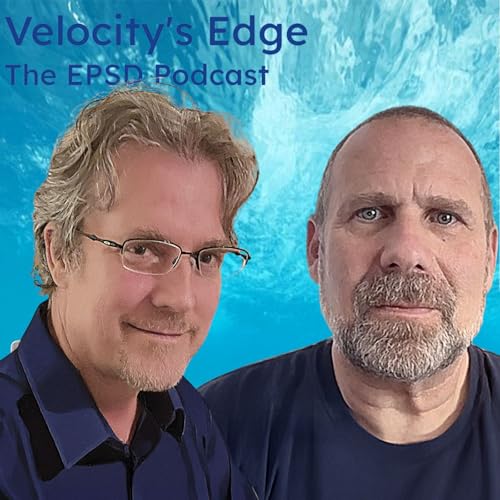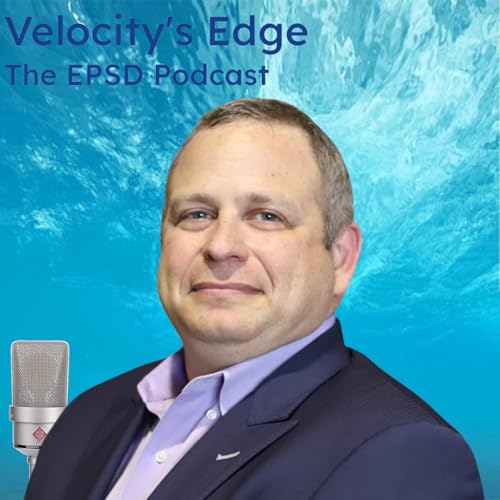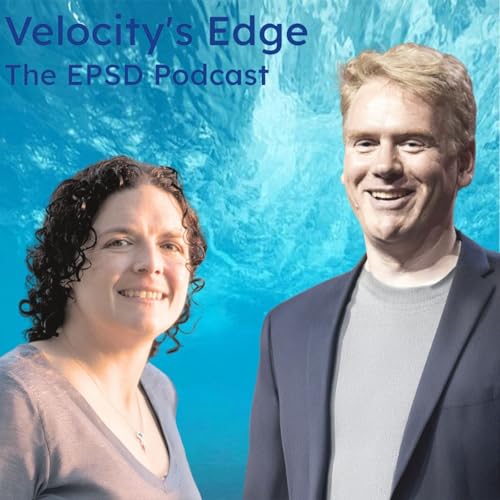When leadership is struggling with organizational dysfunction that stems from resource constraints, they tend to see teams in conflict: product versus engineering, sales versus operations, etc. They might assume the solution involves coaching, restructuring reporting lines, adjusting compensation models, or hiring more diplomacy-minded managers. But as EPSD’s Nicko Goncharoff and Nick Selby have learned through years of organizational interventions, the biggest threat to mid-stage technology companies isn’t functional disagreement. It’s the personal resentment that calcifies when strategic pivots in the business force zero-sum resource allocation.
The difference between companies that navigate growth challenges successfully and those that fracture into warring factions isn’t primarily about having better processes or more mature leadership. It’s about recognizing when strategic disagreements have crossed into interpersonal territory—and having the courage to address the human conflict directly rather than pretending it’s purely about roadmap priorities or budget distribution. Because when resources become scarce, it’s political skill, not engineering merit, that determines how they are allocated.
“The people who are the best at what they do are not necessarily the same people who are good at politicking to get the resources that they need,” Nick says. This creates resentment and discord between leaders, and while their teams might not know the details, they’re keenly aware of the power dynamics. They take sides. Pretty soon, you have factions and internecine warfare.
Factionalism doesn’t announce itself through org chart battles. It emerges quietly, through maneuvering, betrayal, pocket vetoes, and uncommitted commitments; it is cemented by managers who say “yes” in meetings then don’t follow through. By the time leaders recognize the pattern, teams have stopped collaborating entirely—and the interpersonal damage compounds the business consequences.
In the season one finale of the Velocity’s Edge podcast, Nick and Nicko explore how mid-life technology companies can slide into factionalism and, more important, how to pull them back from the brink. They tackle essential questions: How do you distinguish between healthy functional tension and destructive personal conflict? What are the ground rules that enable successful mediation when key leaders have stopped working together? How do you translate personal grievances into organizational imperatives that both parties can commit to solving?
The conversation reveals a fundamental truth: the companies that survive growth challenges aren’t those with conflict-free cultures. They’re the ones willing to confront interpersonal breakdowns directly, establish clear rules and objective metrics for collaboration, and recognize that the most passionate disagreements often signal the deepest commitment to the mission.
Nick Selby is the founder and Managing Partner of EPSD, with a career spanning cybersecurity, law enforcement, and technology leadership. He has held key executive roles at tech companies, and created the information security practice at 451 Research (now S&P Global Intelligence). He served as Director of Cyber Intelligence and Investigations at the NYPD, and as both a paid and reserve Texas police detective specializing in investigations of child sexual abuse material and online investigations. He serves on the board of directors of the National Child Protection Task Force, and the advisory board of Sightline Security.
As in all our episodes, we speak in plain, executive-summary business terms, framing complex business and technology strategic challenges in context, using language that makes them more accessible and actionable.
続きを読む
一部表示
 2025/10/0832 分
2025/10/0832 分 2025/10/0118 分
2025/10/0118 分 16 分
16 分 26 分
26 分 2025/09/1020 分
2025/09/1020 分 28 分
28 分 22 分
22 分 20 分
20 分
